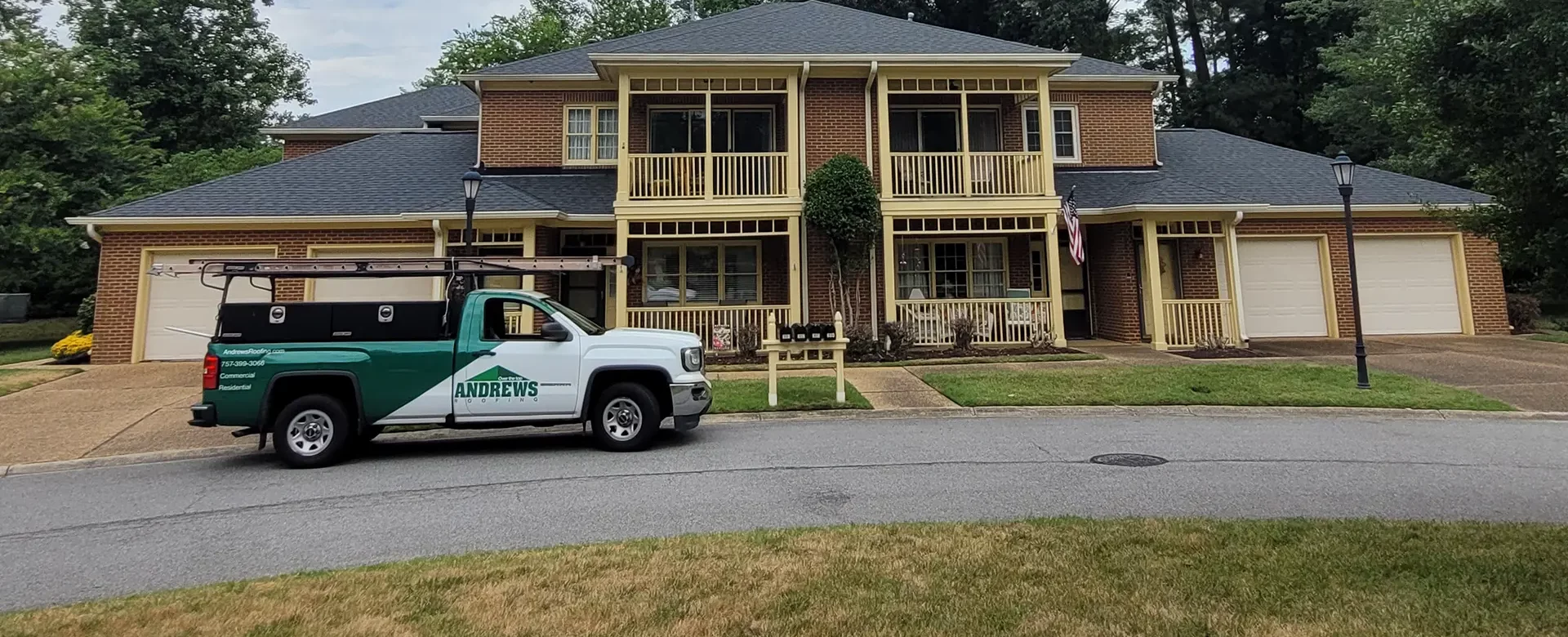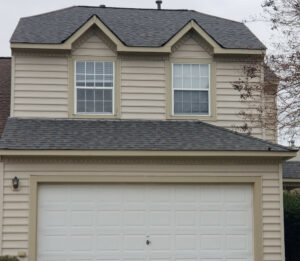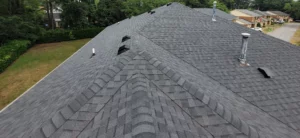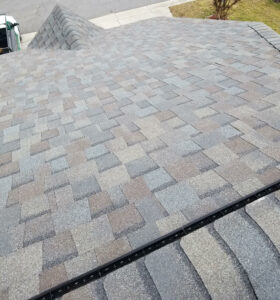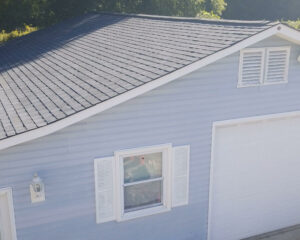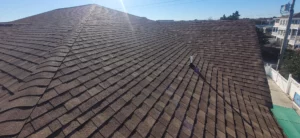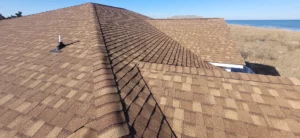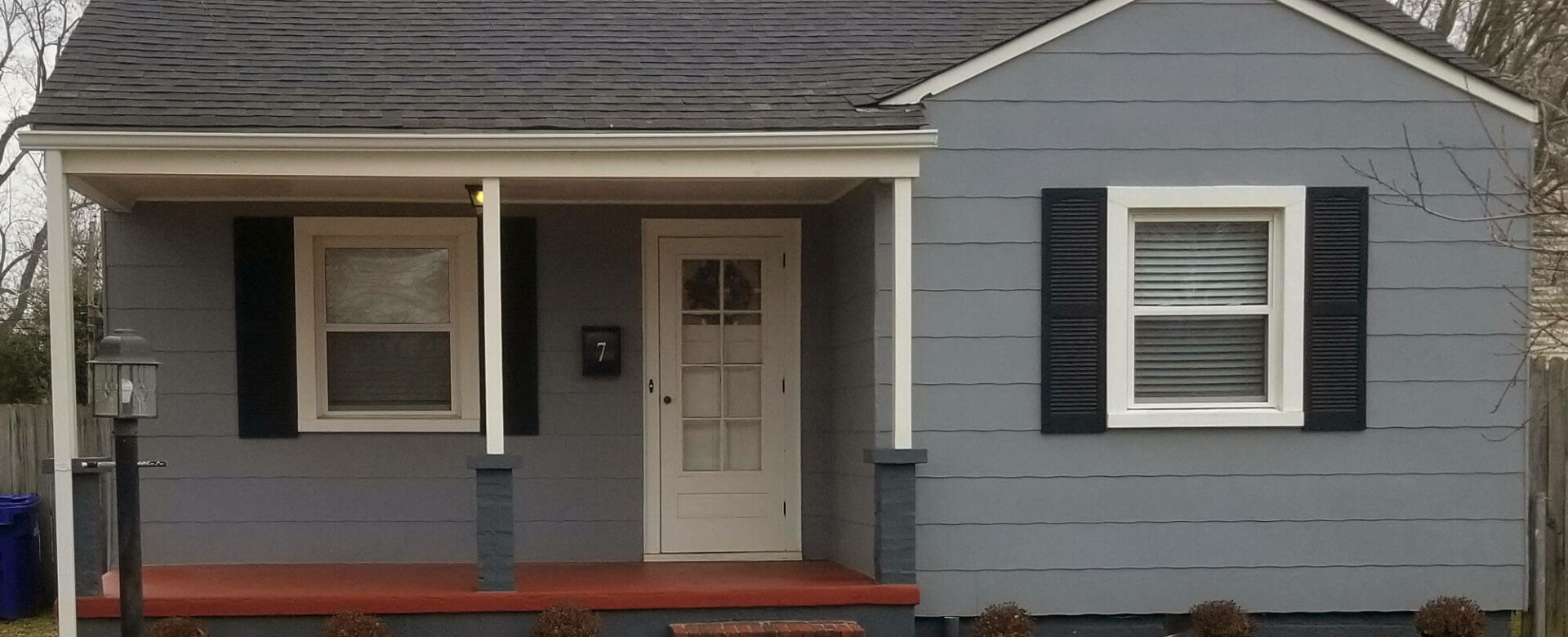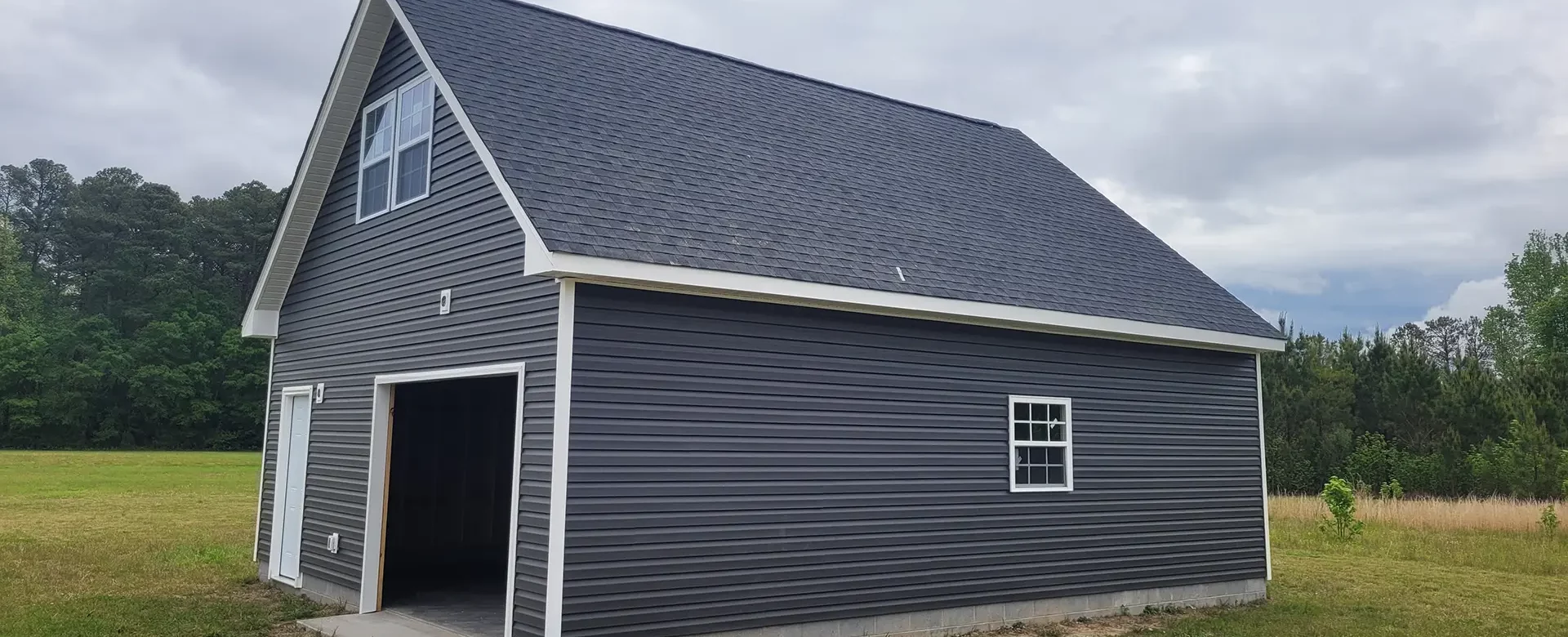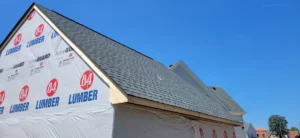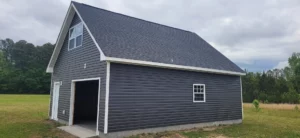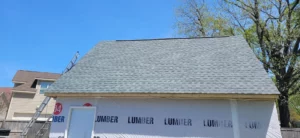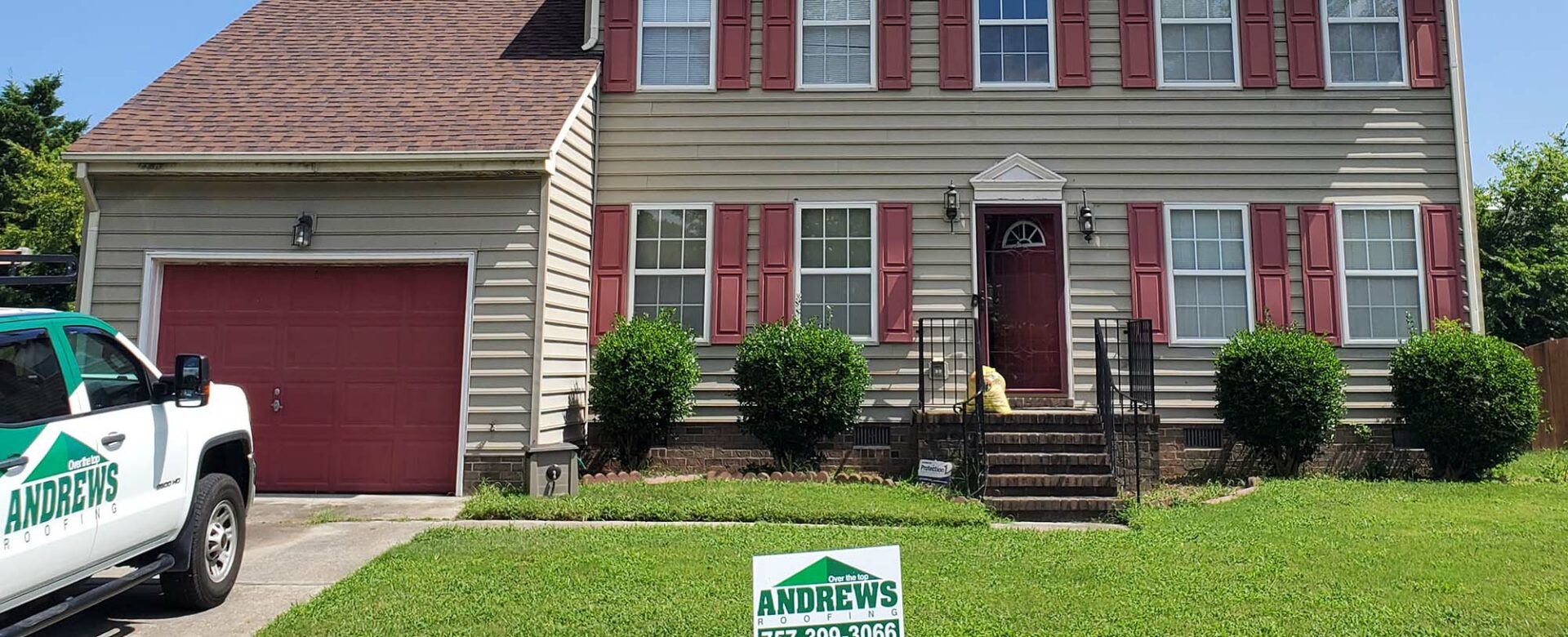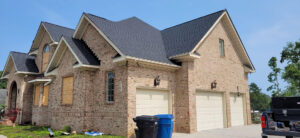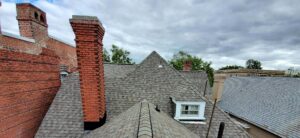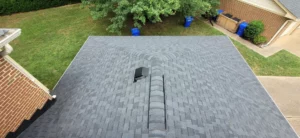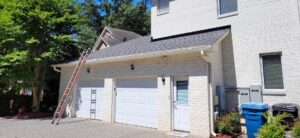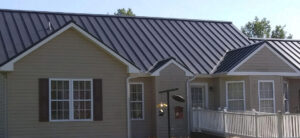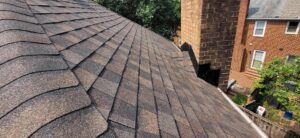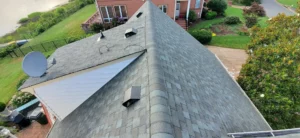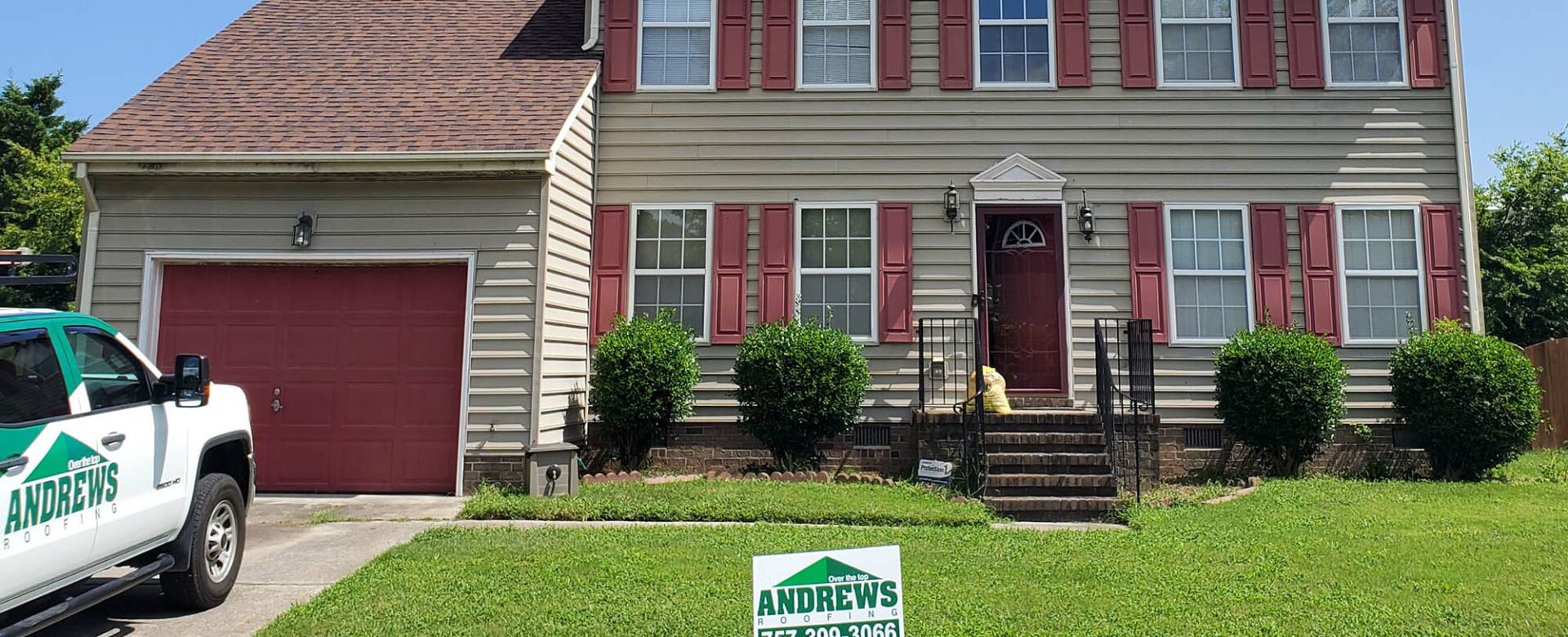When you’ve been in the roofing repair and replacement business in Hampton Roads as long as we have, you learn which products make the most sense for our weather, real estate market and residents.
We understand how crucial it is to invest in the right roofing material for your home when it needs to stand up to unpredictable coastal weather while also enhancing your home’s curb appeal. One of the products we’ve recommended to our customers for years are CertainTeed Landmark roofing shingles, which are known for their superior performance, high-quality craftsmanship, and exceptional warranty coverage. Here are just a few of the reasons why we trust them for our customers:
- Exceptional Durability – Landmark shingles are built to last, offering a dual-layered design that provides extra strength and protection. They have a Class A fire resistance rating, a 110-mph wind resistance rating (which can be upgraded to 130 mph with CertainTeed’s Integrity Roof System), and are designed to handle the heavy rains and strong winds common to southeastern Virginia.
- Aesthetic Appeal – Your roof is an important part of your home’s overall curb appeal, and Landmark shingles deliver a dimensional, high-end look that mimics the appearance of wood shake. Available in a variety of rich, blended colors, these shingles enhance any home’s style, whether traditional or modern.
- Long-Term Protection & Warranty – CertainTeed offers one of the best warranties in the industry, with their Landmark shingles covered by a limited lifetime warranty. When installed as part of CertainTeed’s Integrity Roof System, homeowners can benefit from extended protection and peace of mind.
- Energy Efficiency – Some Landmark shingle colors are ENERGY STAR® rated, helping to reflect solar heat and reduce cooling costs. In the warm and humid climate of southeastern Virginia, energy efficiency is a major advantage for homeowners looking to keep utility bills in check.
Product Versatility
CertainTeed Landmark shingles are an excellent choice for a variety of home styles. Whether you own a historic colonial home in Old Town Portsmouth, a charming Cape Cod in Norfolk, or a contemporary coastal property in Virginia Beach, these shingles complement and enhance your home’s architectural character. Their wide range of color options allows you to choose a shade that perfectly matches your home’s exterior, whether brick, siding, cedar or anything else.
Why Choose CertainTeed
There are a lot of options out there when comparing and choosing roofing materials. Over the years, we can attest to CertainTeed Landmark shingles consistently providing a combination of performance, beauty, and affordability. Some alternative roofing products may not offer the same level of impact resistance, wind protection, or manufacturer-backed warranties. We find them to be a reliable company to work with for installation as well as warranty claims and repairs.
Upgrade Your Roof with Confidence
At Andrews Roofing, we believe in giving our customers a wide variety of options that we know are high quality, durable, and make sense for our region to ensure the best results. If you’re considering a roofing upgrade, contact us today to set up an estimate. We’ll be happy to discuss all the options with you while providing valuable expertise and insight so you can make the perfect choice for your home.
